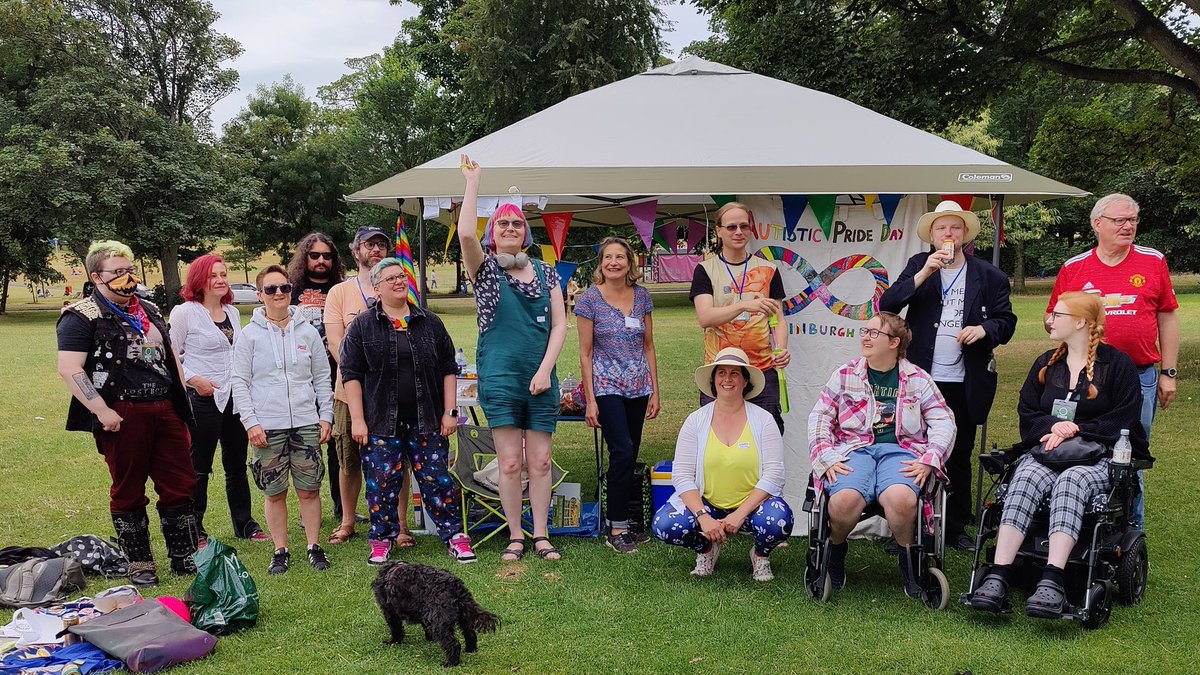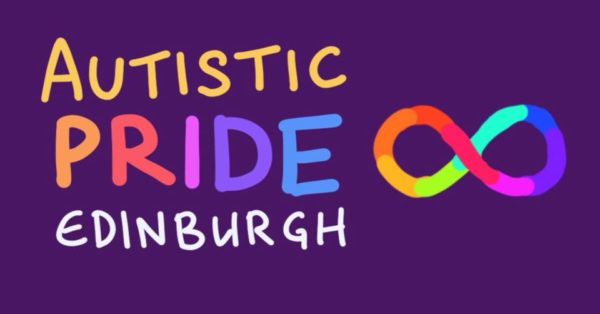What: The sixth Edinburgh Autistic Pride Picnic. An opportunity to spend some time with autistic people, chat, eat picnic food, and lie around in the grass.
Why: To celebrate autistic identity and the autistic community.
When: Saturday 2nd August, 2pm-5pm. Drop in any time, and leave whenever you like.
Where: Prince Albert Victor Sundial, the Meadows (the big stone monument near the trees at the west side of the Meadows). Follow this link for detailed travel directions.
What to bring: Foods and drinks to share (or not), stimtoys, picnic blankets, smiles, coats (just in case).
Who: This event is organised by AMASE, but it’s just an informal gathering in a park. Feel free to invite your autistic friends, non-autistic friends, friendly dogs and family – and, this being the first Autistic Pride Picnic to coincide with the Fringe Festival, you might like to invite any performers you think might enjoy it. If there’s demand, we might even have people give short performances or talks. This will be an autistic space in the sense that autistic social norms apply, but it will not be an autistic-only space. It will be family-friendly, but childcare will not be provided.
How many people will be there? It is always hard to tell with these things, but in the past we’ve had something like 50 people altogether, with not much more than half of that at any time. At least one small friendly dog will be in attendance.
But what if it is wet? We will have a gazebo. There is some shelter at the nearby Pavilion Cafe, as well as nearby trees.
But what if it gets really wet? If it comes to it, there are other pleasant places we could decamp to nearby. Follow #AutisticPrideEdinburgh for updates, or contact us by email or social media.
Note that this event is about Autistic Pride in general, not specifically Autistic LGBT Pride; we welcome people of any gender or sexuality. LGBTQIA+ Pride Edinburgh was in June.
How to get there: Here are detailed directions, with photos and here’s a Google Maps link with directions. Both assume you’re travelling from Waverley.


More on autism and autistic pride:
What Is Autism?
Autism is a profound cognitive difference, meaning that autistic people experience and interact with the world differently from our peers.
We tend to experience what we’re focusing on very intensely, often to the exclusion of other signals. This can cause social difficulties, especially with people who are not used to autistic ways of being, and other problems to do with the world being set up for people whose brains don’t work like ours.
The autistic spectrum is both broad and deep – the autistic population is highly diverse, and autism manifests differently from person to person. It is not a linear scale running from ‘high functioning’ to ‘low functioning’, which are unhelpful terms. Instead, autism varies in several different ways – sensory differences, levels of anxiety, social skills and executive functions all vary both from person to person and from time to time. Autism often co-occurs with intellectual disabilities and other neurological differences including epilepsy and dyspraxia, but these are not universal.
Why Pride?
Autism is often classed as as disorder, but it is not at all clear that autistic thinking is any more disordered than neurotypical thought. We see autism as part of the natural variability of human minds and brains – neurodiversity – not as something that needs to be cured or hidden.
Autistic pride is a response to a world that stigmatises autistic ways of being, and is intolerant of difference in general. Like other pride movements, it is about celebrating diversity in the face of a society that too often treats one way of being as superior to others.
It is also a chance for members of the autistic community to get together with like-minded people in an autistic space.

